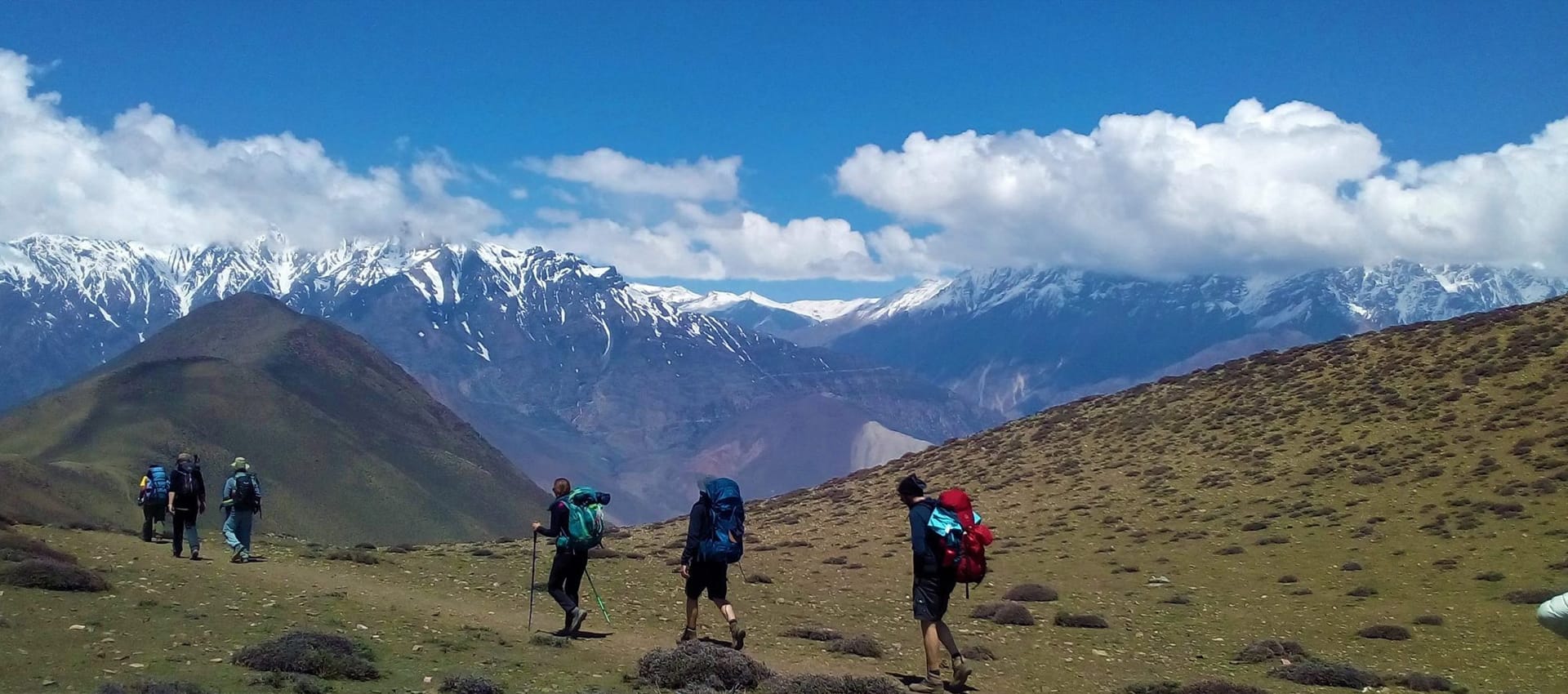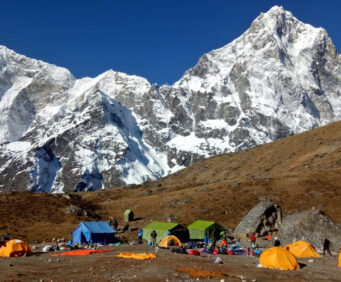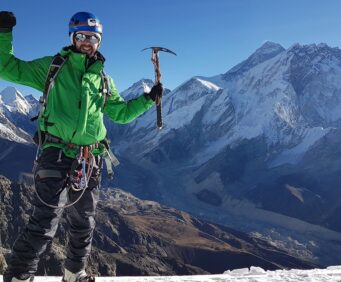
Preparation for the Annapurna Circuit Trek 2025
31st August, 2025 - Posted By: Himalayan AbodeThe Preparation of Annapurna Circuit Trek is a vital phase for anyone looking to explore on one of Nepal’s most iconic and rewarding trekking adventures in 2025. This exclusive guide covers everything needed to successfully prepare for the trek — from physical training and gear selection to acclimatization strategies and cultural insights — ensuring a safe, enjoyable, and unforgettable journey.
Why the Preparation of Annapurna Circuit Trek Matters
The Annapurna Circuit is famous for its breathtaking Himalayan views, diverse landscapes, and rich local culture. However, the trek’s length of 160 to 230 kilometers and the high altitudes, including the challenging Thorong La Pass at 5,416 meters, require trekkers to prioritize thorough preparation of Annapurna Circuit Trek. Proper preparation helps avoid altitude sickness, manage variable mountain weather, and optimize physical endurance.
Trekkers who invest time and effort into the preparation of Annapurna Circuit Trek experience fewer health issues, enjoy the trail more, and gain a deeper appreciation for the trek’s natural and cultural beauty.
Physical Fitness
Physical readiness is the foundation of the preparation of Annapurna Circuit Trek. It strengthens the body and mind to handle the trek’s physical demands:
- Build Cardiovascular Strength: Regular aerobic exercise such as hiking, running, or cycling enhances lung capacity and stamina — crucial for the long walking days ahead.
- Leg and Core Strength: Exercises like squats, lunges, and planks target the primary muscle groups involved in trekking, helping maintain balance and reduce fatigue.
- Practice Hiking: Incorporating frequent hikes on uneven terrain with a weighted backpack simulates trail conditions and prepares feet and ankles for endurance.
- Acclimatization Awareness: Understanding acclimatization is key to the preparation of Annapurna Circuit Trek. Planning rest days, particularly in Manang, to let the body adapt to altitude reduces risks of sickness.
Essential Gear for the Preparation
A vital element in the preparation of Annapurna Circuit Trek is assembling the right equipment tailored for the trek’s climatic variations:
- Footwear: Waterproof, broken-in hiking boots with ankle support protect feet on rugged trails.
- Layered Clothing: Moisture-wicking base layers, insulating mid-layers such as fleece or down jackets, and waterproof/windproof outer shells offer comfort and protection.
- Accessories: Warm hats, gloves, UV-protected sunglasses, trekking poles for stability, and a headlamp with spare batteries are indispensable.
- Sleeping Gear: A sleeping bag rated for sub-zero temperatures ensures warmth during cold nights at high elevation.
- Other Must-Haves: Water purification tablets, high SPF sunscreen, lip balm, a first-aid kit including altitude sickness medicine, a power bank, and rain covers complete an efficient pack.
Timing Your Preparation of Annapurna Circuit Trek: Best Seasons to Trek
Knowing when to undertake the Annapurna Circuit is important in planning the preparation of Annapurna Circuit Trek:
- Spring Season (March to May): Ideal temperatures, blooming rhododendrons, and clear visibility reward trekkers who prepare in advance.
- Autumn Season (September to November): Stable weather and crisp air make this season perfect for the trek’s challenges.
- Avoid monsoon months due to heavy rainfall, slippery paths, and leeches. Winter trekking requires extra gear for snow and cold.
Navigating Permits and Regulations
Integral to the preparation of Annapurna Circuit Trek is securing necessary permits to comply with local regulations:
- Annapurna Conservation Area Permit (ACAP): Grants access to the protected region.
- Trekkers’ Information Management System (TIMS) Card: Mandatory for all trekking visitors.
Permits can be obtained in Kathmandu, Pokhara, or Manang. Always carry these permits, as officials frequently check them during the trek.
Cultural Insights
The Annapurna Circuit is not just a physical journey but a cultural one. Proper preparation includes understanding the customs and lifestyles of ethnic communities such as the Gurung, Thakali, and Manangi people. Trekkers benefit immensely from this cultural awareness, gaining deeper respect for the trail’s heritage and forming meaningful interactions with locals.
Safety and Altitude Sickness
Safety is paramount in the preparation of Annapurna Circuit Trek:
- Recognize altitude sickness symptoms like headache and dizziness early and respond promptly to avoid serious consequences.
- Stay hydrated by drinking only purified water throughout the trek.
- Carry travel insurance covering high-altitude rescue.
- Hire local guides or porters for enhanced safety, navigation, and cultural knowledge, supporting the local economy as well.
Accommodation and Food: Practical Side
Preparing for where and what to eat on the trail is critical to comfort and energy maintenance:
- Teahouses serve as basic lodging and provide local meals such as dal bhat, momos, and thukpa.
- Expect simpler amenities at higher altitudes, including limited heating and hot water.
- Cash payments in Nepalese rupees are essential as card facilities are rare.
Mental and Emotional Preparation
The mental aspect plays a crucial role in successful preparation. Long days on the trail, changing weather, and remote conditions can challenge even experienced adventurers. Embracing flexibility, maintaining a positive attitude, and allowing time to enjoy natural and cultural beauty improve overall trekking experience.
Recent Posts



